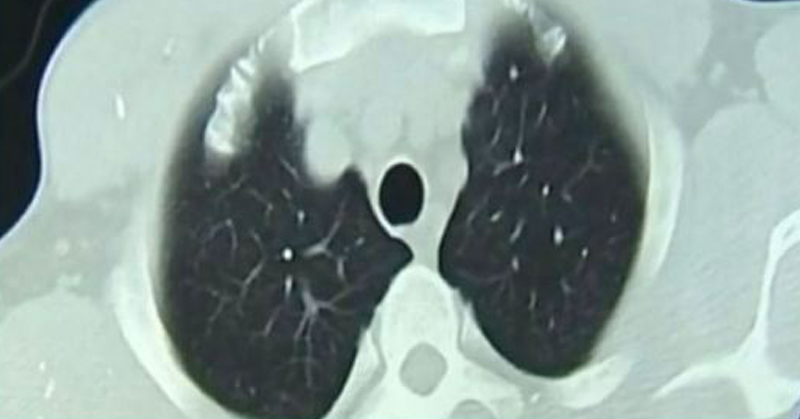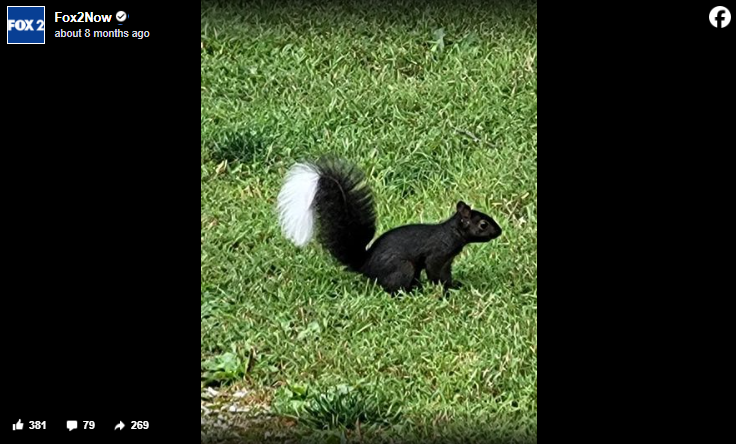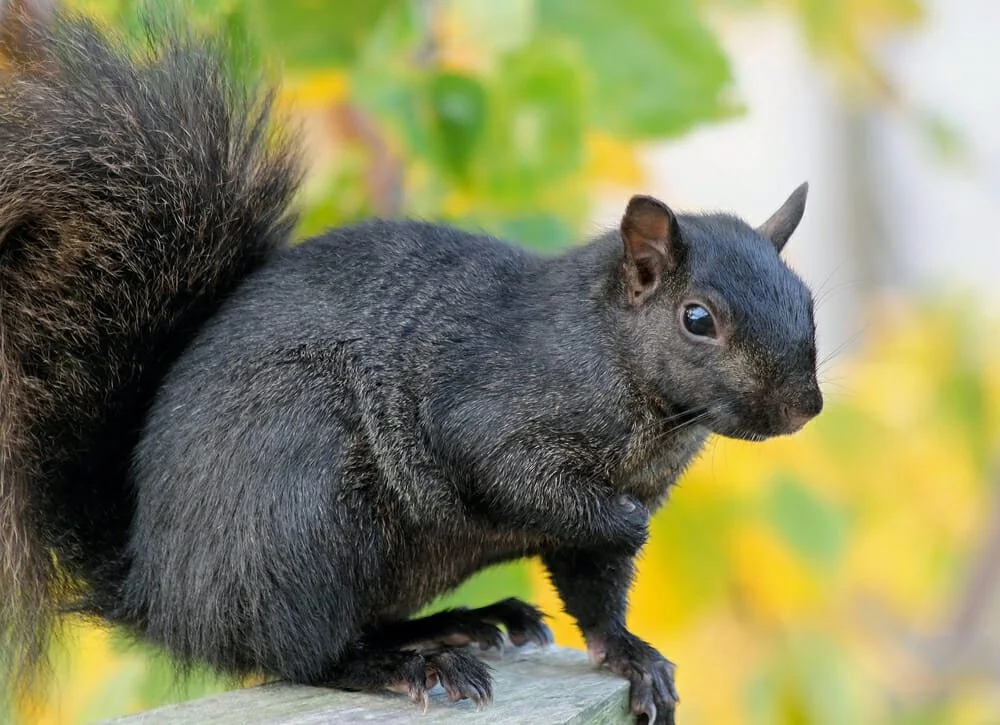
Popular holiday foods include ham and pork. However, if they are not cooked enough, your digestive track may become home to hundreds of worms.
Zhu Zhongfa, a Chinese male, inadvertently consumed the eggs of the deadly parasite Taenia solium when he consumed undercooked pork. His life was completely upended as a result, and he began having seizures and fainting spells for weeks on end. This ultimately caused him to seek medical attention for his enigmatic ailment.

Within a month of Zhongfa eating the undercooked pork, medical professionals knew exactly what was causing his seizures and episodes of fainting. He had a complete tapeworm infestation on his body. These unwanted visitors had taken up residence in his lungs, brain, and other body components. His bloodstream had carried the worm larvae throughout his body.
The doctors asserted that Zhongfa’s undercooked pork consumption on that fatal night is directly linked to the tapeworm infection. Though he didn’t give it much thought at the time, his epilepsy and spells of fainting kept him from going to work. Because of his condition, he was unable to operate the heavy machinery necessary for his employment in building. He was in great pain and his life had been entirely upended by the infection of pork tapeworms.
Zhongfa had seizures for weeks, but he didn’t seek medical attention until his illness became out of control. He was losing consciousness and foaming at the mouth when he was brought to the hospital.

Through Zhongfa’s digestive tract, the larvae entered his body and made their way to his brain and lungs via his bloodstream. These young worms burrowed into his flesh, where they developed cysts. These cysts may lead to illnesses if they degrade. Individuals who suffer from the same condition as Zhongfa frequently describe dementia, migraines, seizures, and blindness. These signs, nevertheless, don’t always show up right away. The worm larvae may not always reach the brain and lungs for years at a time.

These larvae create cysts close to the nervous system or brain, which can lead to the serious infection cysticercosis. Zhongfa developed cysts in his lungs and chest muscles in addition to many space-occupying lesions in his brain brought on by the larvae.
Zhongfa said that he had eaten a dish around a month earlier that he didn’t think was properly prepared. He was eventually compelled to seek medical assistance due to the seizures and fainting episodes.
Zhongfa’s condition worried Dr. Huang Jianrong of Zhenjiang University School of Medicine’s Affiliated Hospital. He thus requested that the patient get MRIs of their chest and brain.
Dr. Huang stated, “He had cysts in his lungs and chest muscles in addition to numerous lesions in his brain.” Depending on the location of the parasites, different patients react to the infection in different ways. While some with lung cysts may cough a lot, in this instance, the patient suffered seizures and eventually lost consciousness.
The mystery of the “squnk”: Ohio residents can’t tell if this creature is a squirrel or a skunk,,,,,,

In Northeast Ohio, there’s been talk lately about this unusual and intriguing critter that resembles a hybrid between a skunk and a squirrel.
The creature, called a “squnk,” has a squirrel’s body but a skunk’s dark black fur and white-tipped tail:

Recently, there have been multiple reports of sightings of this unusual creature in Ohio, and pictures of it have gone popular on social media. According to some theories, the “squnk” may indeed be a cross between the two species.
It turns out that this “squnk” is a black squirrel. Even without any skunk DNA, it’s still a really uncommon sight. According to Smithsonian Magazine, black squirrels are the offspring of coupling eastern gray and fox squirrels. The squirrel in question is actually an eastern gray squirrel that got a gene variation that gave it a darker pigmentation.

There is only one black squirrel for every 10,000 squirrels, making them extremely rare. They are able to stay warmer in the winter and in colder climates thanks to their darker coat, which gives them a thermal advantage over typical gray squirrels.
Since their release on campus in 1961, ten black squirrels have been an iconic feature of Kent State University, earning them the title of unofficial mascot.
Therefore, don’t worry if you see a “squnk” in Ohio; it’s only a black squirrel with some fur on its tail that resembles that of a skunk, and you won’t get sprayed.
What a remarkable creature, wow! Even while it may not be a squirrel-skunk hybrid, it is nevertheless a rare critter to find.
If you are an animal lover, please share this tale!



Leave a Reply